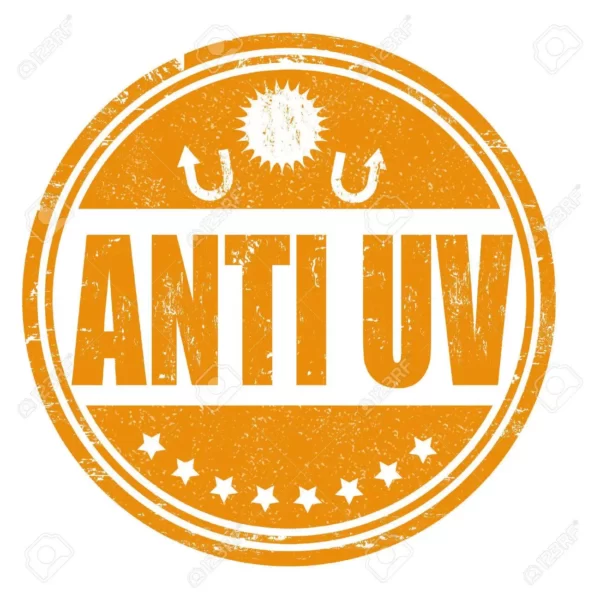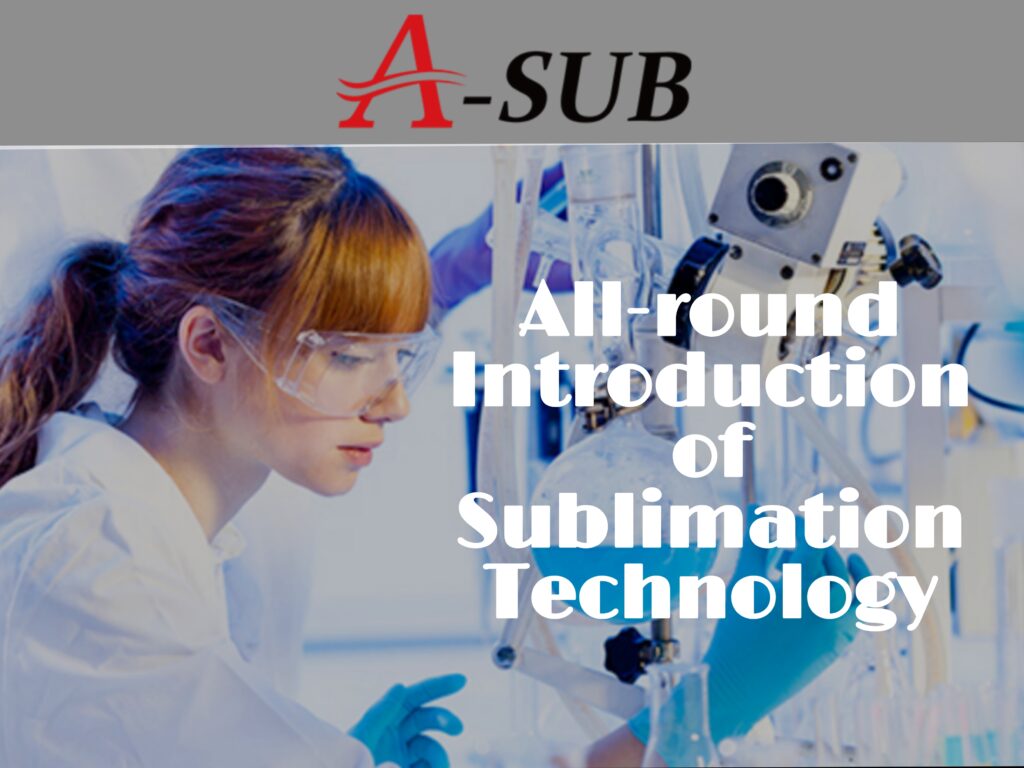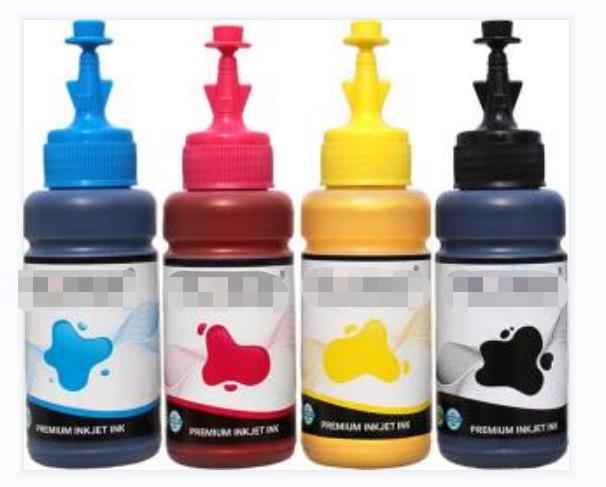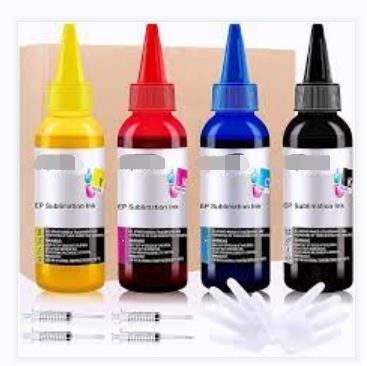Do you know how the sublimation products are made in the beginning? This article will make a detailed introduction to it. In this article, all the sublimation technology will be described here to help you learn more about sublimation and how to choose the best sublimation products. Next, let’s dive in.
Brief Introduction of Sublimation
People use sublimation in all aspects of their lives. It brings more convenience to our life. Whether it is for festivals or daily life, sublimation is silently performing its duties. If you look more carefully, they can be found everywhere in your life. A-sub, as one of the most famous sublimation brands, is also used in various fields. From key rings to large household items, they are playing their best roles. There are three parts we need during the process of transfer printing. I will show you more detailed information about them below.
Detailed Introduction of Sublimation Paper’s Technology
Sublimation paper is used to print images that are transferred to the cover of the substrate. Sublimation paper must use sublimation ink to print the images. Different brands of sublimation papers have different qualities. Excellent sublimation paper must have the best sublimation effect and the most stable quality. What’s more, most sublimation papers have vivid colors and provide an ICC profile for you freely to adjust the colors. This can provide you with better effects of printing. But, why is the sublimation paper of such high quality? Read on and learn more.
● The Structure of Sublimation Paper

The structure of the sublimation paper has two layers. They are base raw paper and ink-absorbing layers. The raw base paper layer carries the ink-absorbing layer. And the ink-absorbing layer is the most significant part of the sublimation paper. This layer is which part we need to present. The specific structure of the ink-absorbing layer can lock the ink securely. This specific structure makes the ink sublimated in high temperatures and transferred to the cover of the substrate.
● Technology Progress of Sublimation Paper
Sublimation coating technology is always changing. The technology has gone through changes from swellable technology to microporous technology and then to our brand of microporous multilayer technology. The swellable technology of ink is on the surface of the coating. Thus, the drying speed of the sublimation paper after printing is very slow and the quality cannot be guaranteed. Microporous technology is different from swellable technology. The ink is in the crevices of the coating. This allows the sublimation paper to dry more quickly. At the same time, this greatly speeds up production and increases productivity.
The microporous multilayer technology is the latest sublimation paper manufacturing technology developed by our brand, which is used in the Asub-GL series sublimation paper. With this technology, the transfer rate of sublimation paper is guaranteed to be over 98% and the drying speed is shortened. In addition, the ink residue rate after the transfer is also lower.
● Transfer Rate

A high transfer rate provides vivid colors and excellent images. This is the soul of the products sublimated. To ensure a high transfer rate, most sublimation papers usually use microporous technology. The technology of the sublimation paper’s coating decides the high transfer rate. As a result, every brand of sublimation paper has its unique coating technology. Sublimation paper with a high-quality coating can help you reduce the consumption and costs of the ink, yielding high-quality dye transfer.
● Drying Speed

The high speed of drying helps the manufacturers reduce the consumption of time and money. This is also decided by the coating. The microporous technology makes the ink locked in the crevices after transferring. The crevices will open and close as the temperature rises and falls. Asub-GL sublimation paper which used microporous multilayer technology has a faster speed of drying.
● Ink & Printer Compatibility
The sublimation paper you choose must be compatible with the sublimation ink and your inkjet printer. On the one hand, the thickness and density of the paper will influence the result of transferring. As a result, microporous technology can solve the problem to some extent. This technology avoids ink penetration through the paper. On the other hand, the size of the sublimation paper must be compatible with your printer. If the sublimation paper has diverse sizes, you needn’t worry about compatibility with your printer.
All in all, although compatibility with ink and printer is not very important, it will influence production to some extent. To ensure the customers’ usage experiences, the technology of producing the sublimation paper with diverse sizes and thicknesses is also needed.
● Raw Materials

The raw material of the paper is the base of the sublimation paper. Nice raw materials provide stable and high quality. If the raw materials are not good, even the most advanced technology cannot guarantee consistent quality. Some sublimation paper manufacturers may add inorganic powders during the process of producing the coating. This will make the surface of the paper rough and damage the nozzle of the inkjet printer.
● Package & Storage

The package and storage of sublimation paper are both very important. High-quality packages can help a lot in the storage of sublimation paper. If the sublimation paper can not be stored well, the manufacturers will waste more money on sublimation paper. To provide the sublimation paper excellent packages, most brands use good airtight packing. They also package the sublimation paper with light-insulating thick paper packaging.
Detailed Introduction of Sublimation Ink’s Technology
Sublimation ink is made of dye ink. As a result, sublimation ink also has vibrant colors like dye ink. The biggest difference between sublimation ink and dye ink is the sublimation ink’s resistance to fade. It solved the problem that the color fades because of the sunlight or water. Most manufacturers prefer sublimation ink rather than normal ink. Moreover, sublimation ink is friendly to the environment and causes less pollution than pigment ink.
● Waterproof
Sublimation ink’s resistance to water is very excellent. Although the sublimation ink is made of dye ink, it is still waterproof and brightly colored. When we wash or wipe our products many times, we often worry about the ink falling out. But sublimation ink avoids this concern, which allows manufacturers to have products that meet the needs of their customers.
● Anti-UV

The ink cannot avoid being exposed to sunlight after being printed. Therefore, the anti-UV characteristic of the ink is very necessary. At the same time, in the storage of ink, it is generally necessary to avoid sunlight exposure. This property of sublimation ink can alleviate the stress of environmental conditions of storage.
● Environmentally Friendly

In today’s society, environmental protection is a very important indicator. Since thermal sublimation ink is made of dye ink, it also has the non-polluting nature of dye ink. In addition, this also means that sublimation inks are much less damaging to humans when compared with pigment inks.
● Package & Storage
Most packages of sublimation ink are different in the market. There are squeeze type, injection type, and normal type. We all prefer the package of injection type. The package of injection type can prevent exposure to the air and impurities. And this can maintain the purity and humidity of sublimation ink. Moreover, the package injection type is easier to use and refill the sublimation ink in daily use.
● Why not Use Other Inks?
Firstly, the dye ink isn’t waterproof. Although sublimation ink is made of dye ink, it is better than dye ink and is waterproof. Secondly, sublimation ink has no bad smell which is better than pigment ink. Although the smell will have no effect on the result of transferring, Finally, the sublimation ink is environmentally friendly as the dye ink. The pigment ink is on the contrary. It has pollution to the environment and bad smell.
Detailed Introduction of Sublimation Blank’s Technology

There are many sizes of sublimation blanks. People usually buy sublimation blanks with sublimation paper to do their artwork. Not only keyrings but also mugs are transferred with beautiful images. That’s sublimation blanks’ attractions. By the way, some of the sublimation blanks have thin transparent films which must be removed before transferring.
To be sublimated, the substrate must be polyester or a blend of synthetic materials. As a result, the sublimation blank must have a polyester coating to be sublimated. The sublimation blanks must have a smooth cover to be sublimated well. Or the image transferred will be broken by small holes and crevices. We insist on pursuing stability in our production process and the environment because of the sublimation blanks’ specialty.
● Hard Substrates

Common hard substrates include mugs, key chains, and cell phone cases. Before sublimation, we usually need the white blank to be self-coated, or the transfer cannot be done. We prefer you buy ready-made white blanks because the process of making white blanks still requires a lot of attention to detail.
● Soft Substrates

Common soft substrates are mouse pads, clothing, etc. Before sublimation, we usually need to pay attention to the color and material of the substrate. If the color is too dark, the color after the transfer will be covered by the original color of the substrate can not be seen. If the substrate is cotton or other materials that cannot lock the color, sublimation will also not be possible. In both cases, we prefer that you use special waterslide decal paper or dark T-shirt transfer paper.
Additional Information about Sublimation Technology
The passages above introduce much information about sublimation technology. But, there is still other information to introduce. The following section continues with a detailed description.
● What is Sublimation Change of State?
The theory of the process of sublimation printing is mainly related to physics. At a temperature of about 200 degrees Celsius, the dye sublimates into a gaseous state. Due to the attraction of van der Wilk forces, the gaseous dye moves around the polyester fiber and diffuses into the amorphous zone. When the temperature decreases, the gaseous dye condenses and covers the amorphous zone to achieve the coloring effect.
The question of why cotton fabrics cannot be used for transfer printing is also answered here. The amorphous zone of cotton fabric dries with small voids and no thermoplastic. When the temperature increases, the amorphous zone of cotton fabric will have no strenuous movement. The cotton fabrics also have no attraction to the gaseous dye.
● How is the Inkjet Printer’s Technology?

We mainly prefer to use Epson and Sawgrass inkjet printers rather than Canon or HP printers. Because the foaming printer is different from the piezoelectric printer, it will cause a reaction to the ink and influence the effect of transferring. As a result, we mainly use the piezoelectric printer by default.
● Raw Materials Determine Quality
Raw materials of sublimation products determine the quality of sublimation products to a large extent. Low-quality raw materials can make a big difference in the quality of the product. This can also harm the customer’s interests. Before purchasing sublimation products, be sure to carefully review the raw materials they use.
Frequently Asked Questions
● Can I sublimate on ceramic mugs?
No. You can’t sublimate on the mugs which have no coating. If you want to print on ceramic mugs, you can use other techniques such as water-slide decal and ink transfer.
● If I Want to Store Sublimation Blanks For A Long Time, What Should I Attention to?
Don’t put your sublimation blanks outside. Or the wind and particles will ruin coated products. The environment of storage must have stable temperature and humidity. If you have stored these sublimation blanks for a long time, remember to test your product thoroughly before committing to mass production.
● What Can I Do to Store the Sublimation Products Well?
Keep the products in a cool environment without sunlight. The stable temperature and humidity are also of great significance. If possible, you had better ventilate the product regularly to keep it dry. Of course, don’t forget to check the shelf life of the products before you use them. Or the effect of product production will be greatly reduced.
Conclusion
Sublimation technology is not difficult to say, but it is not easy to do it well. A-sub has always been committed to high quality and standards. We always insist on making our products the best and do not let up at all. We believe that persistence will pay off. As a result, we invest a lot of manpower and resources in developing new products and improving product quality to keep us at the leading position in the industry. Thank you for watching this far. If you have any questions about sublimation, welcome to contact us by email, etc. Moreover, If you have a need, we can provide you with some sublimation products to get it a try for free.











